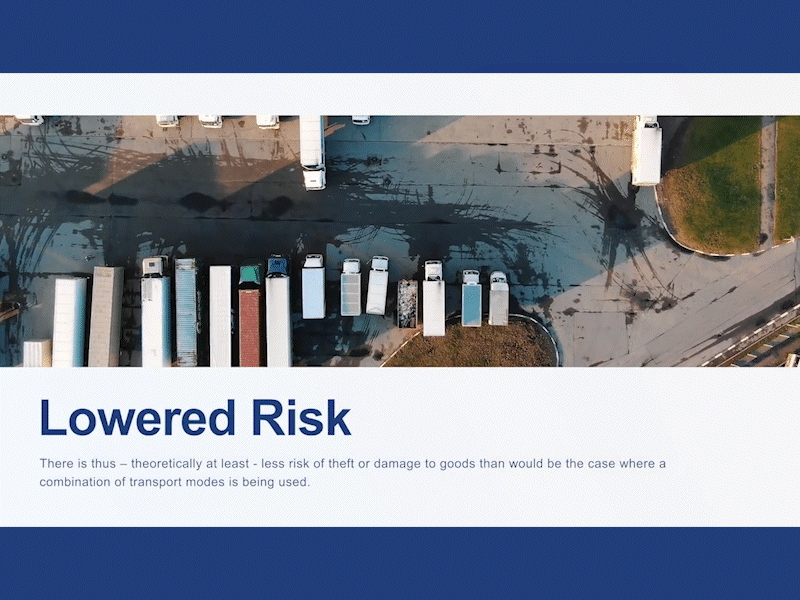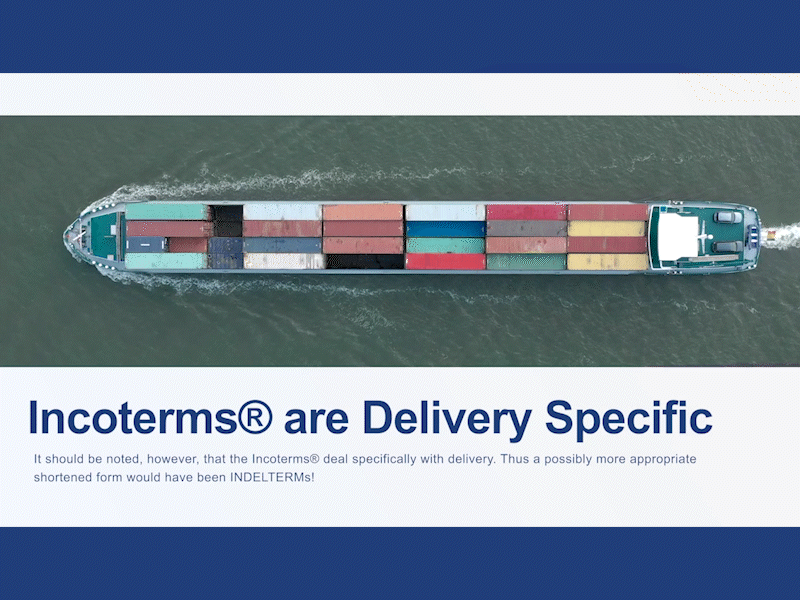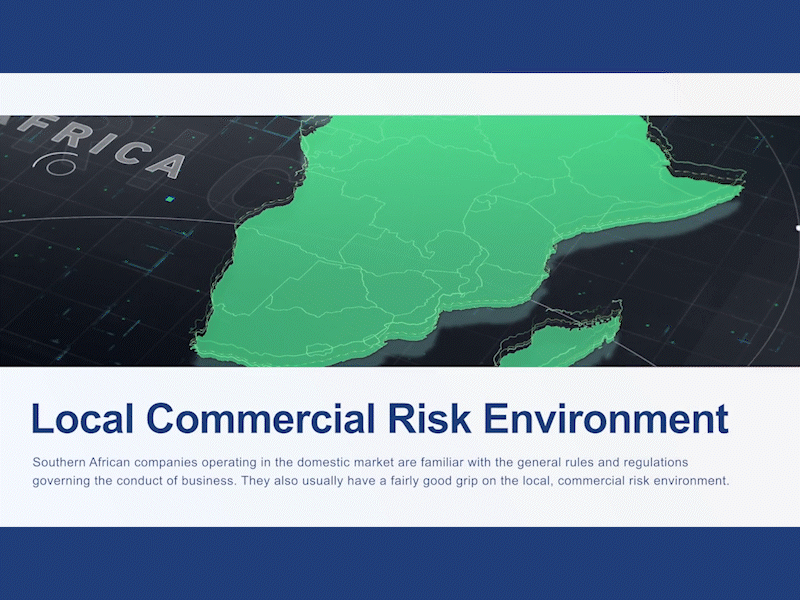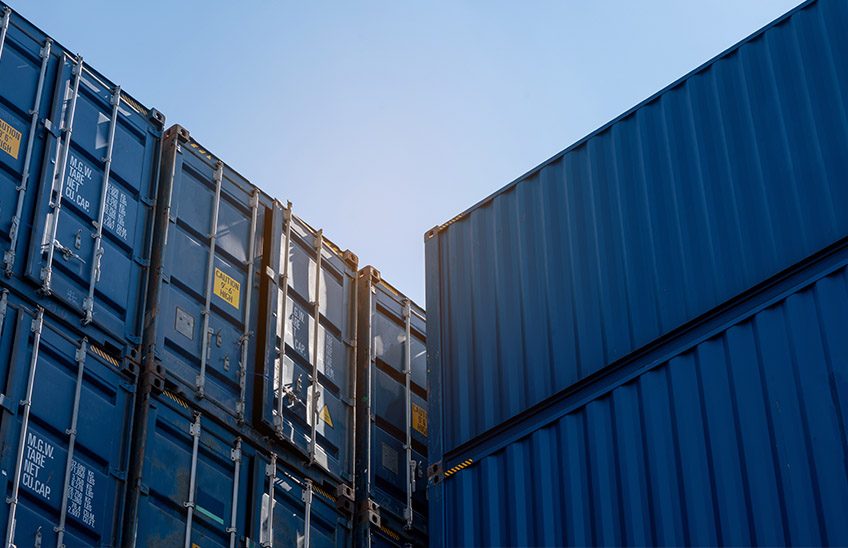No country in the world practices entirely free trade. All countries, for various reasons, apply some kind of trade barrier to certain categories of goods at the time of their import. These barriers to trade frequently take the form of tariffs (i.e., schedules of import duties), the primary purpose of which is to increase the cost of the imported goods, making them less competitive in the local market. Trade barriers, however, can also take other forms, such as government subsidisation of a local industry or stringent health, safety and quality standards.

What Gives Rise to Barriers to Trade
Tariff barriers to international trade are often applied in less developed countries as a means of generating revenue for the government. That said, the argument usually put forward by governments for the application of tariffs is that their local industries, especially newly established ones, would collapse if much cheaper alternatives to their products were allowed to be freely imported, and this in turn would lead to job losses and a shrinkage of the tax base.
Obviously, the more productive a country’s labour force and the more technologically advanced its industries, the more likely it is to engage in international trade. Supplying other countries usually leads to further product innovation and cost-effectiveness with the result that more developed countries tend to enjoy a competitive advantage over less-developed ones.
Why Tariffs Exist
One of the main reasons countries engage in international trade is that all countries can produce or manufacture some products more cost-effectively than they can produce or manufacture others. It therefore makes sense for each country to focus on what it is good at producing, and purchase from other countries goods that it cannot produce cost-effectively. This, however, limits the playing field for less competitive local producers with the result that they frequently lobby their governments to impose tariffs on competing imported goods that threaten their viability. In order to eliminate the risk of certain industries being decimated by foreign monopolies, the government will usually accommodate them.

Potential Cases for Protectionism
No two countries are equal when it comes to output. The international trade landscape is constantly changing. As a result, new forms of protectionism are constantly surfacing. While the World Trade Organisation is doing what it can to reduce tariff barriers to trade, non-tariff barriers to trade are proliferating, with exporters today having to prove their compliance with a myriad of foreign market regulatory requirements covering everything from environmental protection and product quality/safety, to staff welfare and corporate social responsibility.
In this article, we have focused on free trade and protectionism and the impact each has on international trade. However, we have only scratched the surface of this topic. To further your understanding, Trade Forward Southern Africa, in collaboration with the International Trade Institute of Southern Africa, has developed a comprehensive online training course covering all aspects of exports. Click the link below to sign up for free.
To sign up to the School of Export CLICK HERE.
If you already have a profile, CLICK HERE to login to begin the module.










Leave a Reply